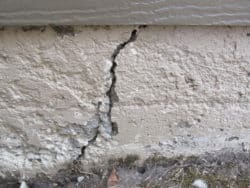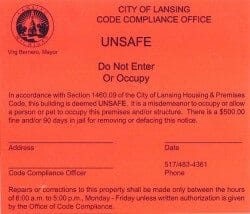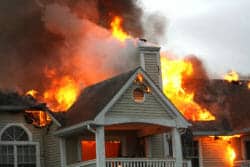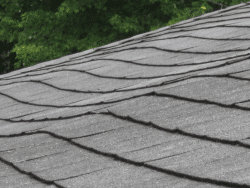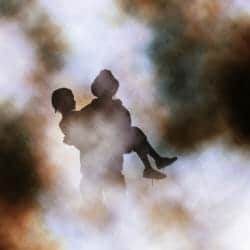Earthquake “Magnitude” verses “Intensity”
Home » Structural » Earthquake »

When measuring earthquakes professionals look at them in several ways: two of them are the “Magnitude” and “Intensity.”
What is magnitude?
Magnitude measures the amount of seismic energy released at the source of the earthquake and is usually measured by seismographs. News outlets frequently refer to the Richter Scale when describing the size of an earthquake, however, because of short comings in using this scale, most seismologist have switched to other scales, such as the moment magnitude scale ( Mw ), to report earthquake magnitudes.
What is intensity?
Intensity measures the strength of shaking produced by the earthquake at a certain location and is determined from effects on people, human structures, and the natural environment. One of the most commonly used scales to measure the intensity of an earthquake in the United States is the Modified Mercalli scale. It uses numbers 1 through 12 and are usually written as Roman numerals.
Comparing Numbers
The numbers used to correlate “Magnitude” to “Intensity” do not exactly match up, but the following table will provide a rough comparison.
Magnitude = Intensity
1.0 to 3.0 Magnitude = I Intensity
3.0 to 3.9 Magnitude = II to III in Intensity
4.0 to 4.9 Magnitude = IV to V in Intensity
5.0 to 5.9 Magnitude = VI to VII in Intensity
6.0 to 6.9 Magnitude = VII to IX in Intensity
7.0 and higher = VIII or higher
The following is an abbreviated description of the 12 levels of Modified Mercalli intensity. Source U.S. Geological Survey / Informational Services.
- Not felt except by a very few under especially favorable conditions.
- Felt only by a few persons at rest, especially on upper floors of buildings. Delicately suspended objects may swing.
- Felt quite noticeably by persons indoors, especially on upper floors of buildings. Many people do not recognize it as an earthquake. Standing motor cars may rock slightly. Vibration similar to the passing of a truck. Duration estimated.
- Felt indoors by many, outdoors by few during the day. At night, some awakened. Dishes, windows, doors disturbed; walls make cracking sound. Sensation like heavy truck striking building. Standing motor cars rocked noticeably.
- Felt by nearly everyone; many awakened. some dishes, windows broken. Unstable objects overturned. Pendulum clocks may stop.
- Felt by all, many frightened. Some heavy furniture moved; a few instances of fallen plaster. Damage slight.
- Damage negligible in buildings of good design and construction; slight to moderate in well-built ordinary structures; considerable damage in poorly built or badly designed structures; some chimneys broken.
- Damage slight in specially designed structures; considerable damage in ordinary substantial buildings with partial collapse. Damage great in poorly built structures. Fall of chmineys, factory stacks, columns, monuments, walls. Heavy furniture overturned.
- Damage considerable in specially designed structures; well-designed frame structures thrown out of plumb. Damage great in substantial buildings, with partial collapse. Buildings shifted off foundations.
- Some well-built wooden structures destroyed; most masonry and frame structures destroyed with foundations. Rail bent.
- Few, if any (masonry) structures remain standing. Bridges destroyed. Rails bent greatly.
Damage total. Lines of sight and level are distorted. Objects thrown into the air.

Caution about using “Numbers” to determine the seriousness of an earthquake
Using the 12 levels of “Modified Mercalli Intensity Scale” will more accurately reflect the seriousness of an earthquake than using the magnitude, especially when looking at it from a human and structural viewpoint.
It should be noted that from a structural standpoint an earthquake number may not accurately reflect the amount and seriousness of possible damage to your home or the safety risk associated with the quake. One of the main reasons for this is that a home may have been significantly weakened from past shaking or tremors and that one more jolt will cause a partially collapse or injury.
As a homeowner it is wise to do a structural check for damage and analysis the risk of being or sleeping in the home after an earthquake, aftershock or jolt.
